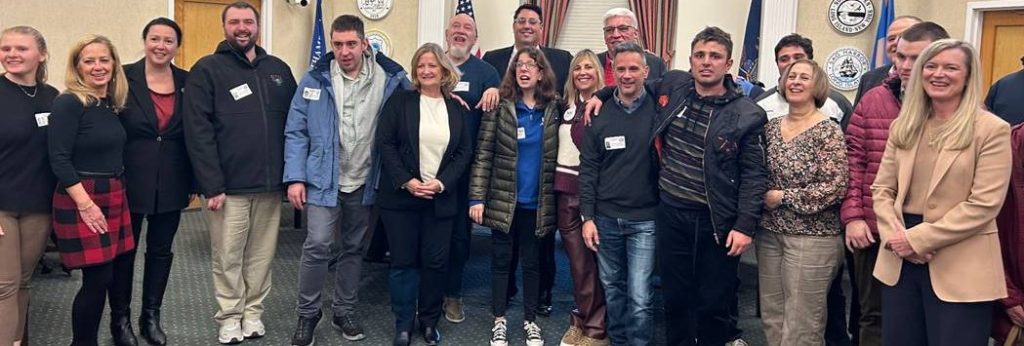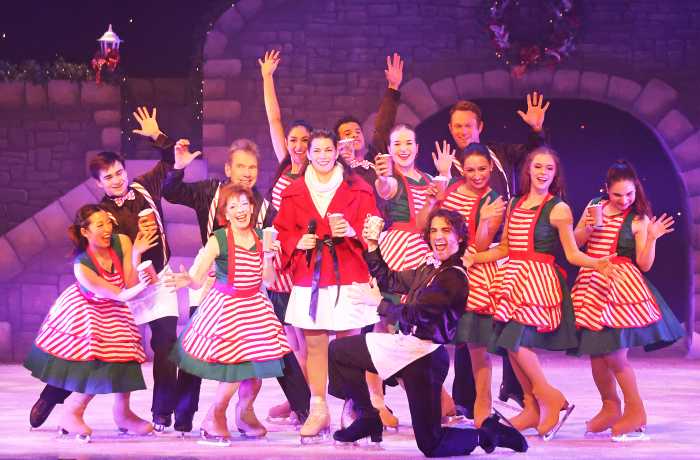Evelyn Alexander Wildlife Rescue Center: the “Harassment and Exclusion” Tactic

Just a couple weeks ago, the Evelyn Alexander Wildlife Rescue Center received two orphaned, neonate (newborn) raccoons. After their mother was brutally shot, the baby raccoons were orphaned for a completely preventable and fixable issue.
In early spring, racoons give birth to babies and nurse their young; hence, the mother will look for dark, quiet spaces that protect their young from environmental hazards and predators. Attics are often unsealed and left open with holes in the roof, soffit vents, or gutters, and are hotspots for these eager mothers. Refugees such as the EA Wildlife Rescue Center have gotten calls from people across the island with complaints of animal-like scurrying noises in their attics.
Unfortunately, most people don’t call wildlife centers, and instead call exterminators, which is where tragedies, such as mothers being shot, occur like this one. Exterminators, when called for removal of racoons or squirrels, typically result in shooting the nesting family, often babies included. The EA Wildlife Center was lucky to have received the two baby raccoons because an exterminator was called in and resorted to shooting the mother in the nest, which is sadly, completely legal.
Even though the baby raccoons were saved at that moment, according to Adrienne Grillespie, the EA Wildlife Center’s Hospital Supervisor and Licensed Wildlife Rehabilitator, “the babies are prognosis guarded (likely or unpredictable death) because newborn raccoons only do best with their mother.” Orphaned, baby raccoons are very difficult to raise successfully in captivity as the environmental conditions that are required to properly raise baby raccoons cannot always be replicated without a mother.
This is why EA Wildlife Center’s Director of Development and Licensed Wildlife Rehabilitator, Noelle Dunlop, explains the tactic that Wildlife Center advises people to prevent this issue. She calls it the “Harassment and Exclusion” tactic, and despite sounding scary, it is actually the only humane method to remove raccoons, as well as squirrels, from attics when they are nursing their young.
The first thing the EA Wildlife Center states to do is to get access to the space where the racoons have nested. It is typically dark, quiet spaces, and due to the nature of attics themselves, are not always accessible from the inside. Once you’ve gotten access to the nesting location, the “harassment” aspect of this tactic starts here. By brightening up the area with lights and creating uncomfortable noises, such as placing speakers with music or podcasts nearby, this removes the dark and quiet atmosphere the mother raccoon looks for in a nesting spot, and as Noelle Dunlop states, “is no longer ideal or comfortable to raise their young.”
Oftentimes, the mother raccoon will leave with her babies during the nighttime when activity is limited; therefore, the EA Wildlife Center advises people to place a ring camera in the nest, or have your contractor or builder check out the space to make sure the mother and her babies have relocated. The “exclusion” aspect of the tactic, preventing further reentry, starts here, after confirming there are no young left in the crevice. By closing up the hole or crevice and all other possible access points, with mesh, wood, etc., it will prevent reentry from the mother raccoon again, or any other raccoons looking for these ideal spaces.
These situations can also happen with squirrels, as stated above, however, misfortune can still occur even without an exterminator. Recently, another call about noise complaints in the attic was made, however, the situation called for the separation of the mother and her babies when they were brought to the rehab facility. In captivity, mother squirrels are very stressed, erratic, and in their “fight or flight” mode. This can be detrimental as the stressed, mother squirrel can sometimes not accept the lost babies back, and even unintentionally hurt them.
This can be prevented with a different tactic. If the baby squirrels are removed from the nest while the mother squirrel is currently away, they can be reintroduced into another nest easily, as mother squirrels will typically have multiple ongoing nests, allowing for relocation when the mother squirrel is not stressed or erratic.
The EA Wildlife Center urges people to use these strategies, mainly the “harassment and exclusion” tactic, as they are the most humane and satisfactory ways to prevent unnecessary deaths from raccoons and squirrels.
The Evelyn Alexander Wildlife Rescue Center is located at 228 West Montauk Highway, Hampton Bays. It can be reached at 631-728-4200, and animal emergencies can be reported at 631-728-WILD (9453). The center is open 9 a.m.–5 p.m. seven days weekly. Visit wildliferescuecenter.org for info.









